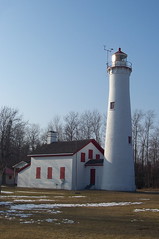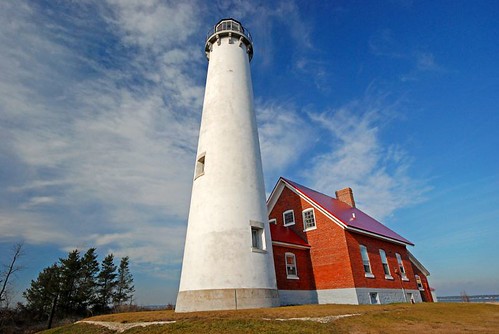 Those of you waiting for the typical winter weather to arrive won't have to wait much longer. Most Forecasters are now calling for a sharp switch in weather patterns by Mid January. That will change on or around January 14th when the cold air , locked in the far north, finally begins to move into the winter pattern and drops over most of eastern Canada and the U.S.
Those of you waiting for the typical winter weather to arrive won't have to wait much longer. Most Forecasters are now calling for a sharp switch in weather patterns by Mid January. That will change on or around January 14th when the cold air , locked in the far north, finally begins to move into the winter pattern and drops over most of eastern Canada and the U.S.
Up to now, as seen in the maps to the right, the jet stream has for the most part been riding high over most of Canada (a typical warm weather pattern seen in Spring and Summer) by mid January, the jet stream will drop allowing the arctic air mass to move into its winter position.
The record breaking warmth most of North America has experienced this season will dramatically change plunging us into frigid temperatures and possibly a lot of snow.
One of the trouble spots could be the Great Lakes, as the cold air rushes over the warm open waters, heavy lake effect snow and snowsqualls could make up for the lack of snow so far this winter.
Long range forecasts are spelling out a return to winter that will stay in place til early March.
 Found
Found  Those of you waiting for the typical winter weather to arrive won't have to wait much longer. Most Forecasters are now calling for a sharp switch in weather patterns by Mid January. That will change on or around January 14th when the cold air , locked in the far north, finally begins to move into the winter pattern and drops over most of eastern Canada and the U.S.
Those of you waiting for the typical winter weather to arrive won't have to wait much longer. Most Forecasters are now calling for a sharp switch in weather patterns by Mid January. That will change on or around January 14th when the cold air , locked in the far north, finally begins to move into the winter pattern and drops over most of eastern Canada and the U.S.

 Lake Superior is currently 13 inches lower than it was a year ago, while the levels of the remaining lakes range from 2 to 10 inches higher than those of a year ago. Currently, all of the lakes are in their period of seasonal decline.
Lake Superior is currently 13 inches lower than it was a year ago, while the levels of the remaining lakes range from 2 to 10 inches higher than those of a year ago. Currently, all of the lakes are in their period of seasonal decline.
